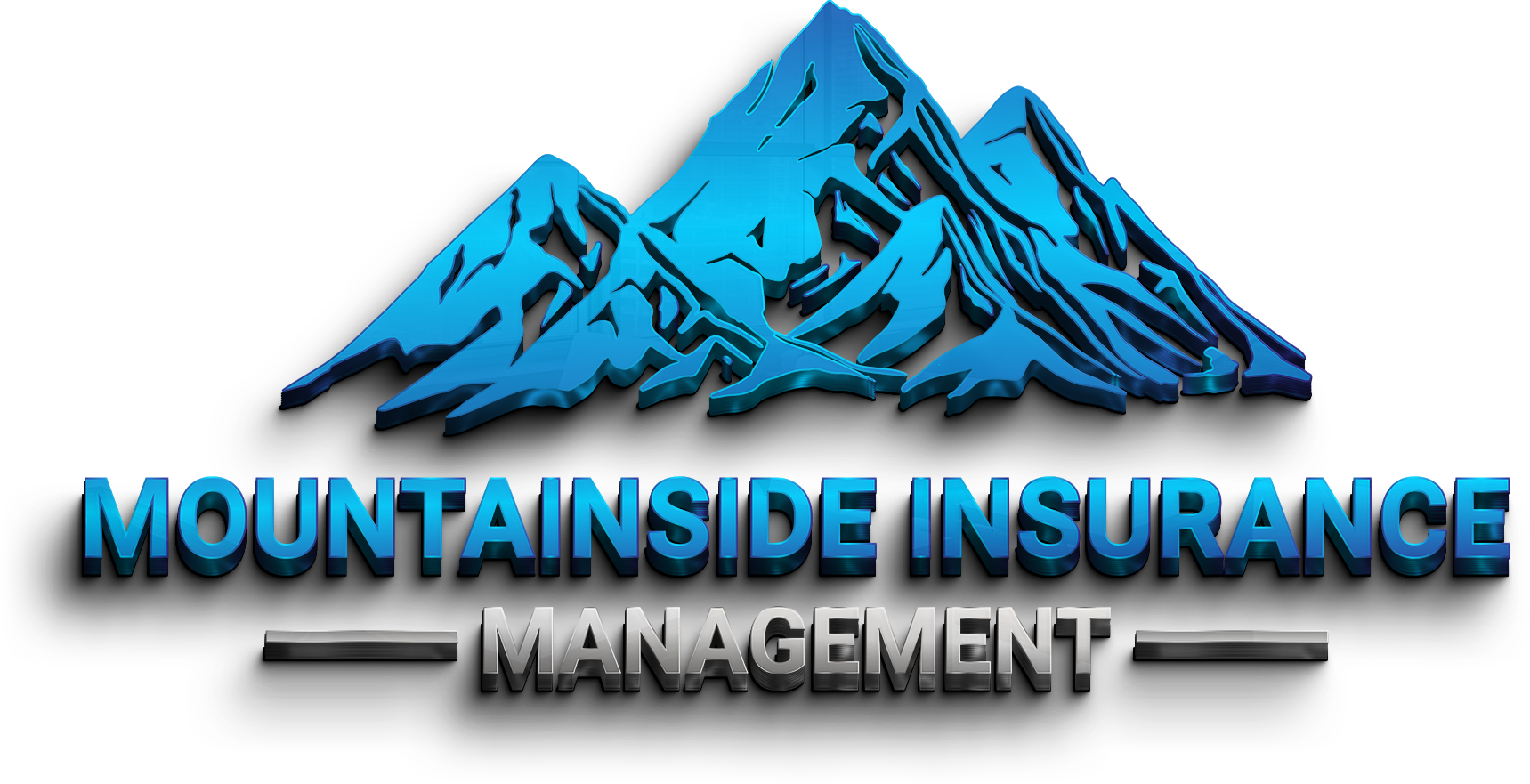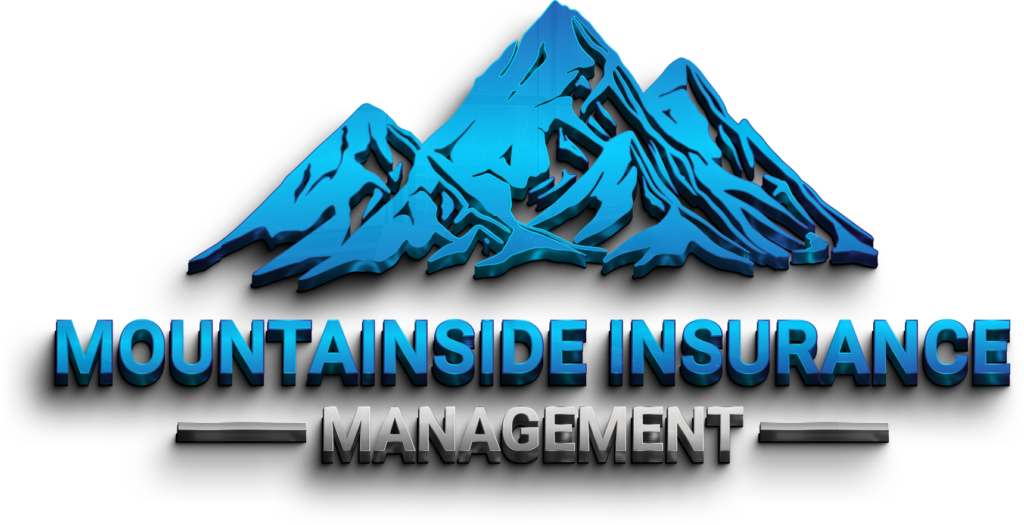Identifying Common Construction Project Risks
- 16 November 2020
- Contractors
Managing any project is not easy, even more so if you are managing a construction project. There are all sorts of risks involved. Failing to identify what they are and assess potential opportunity areas can disrupt an entire timeline of planning and execution.
It’s critical that you spot risks, navigate challenges, and stay in control of the situation as a business owner or project leader. All these are necessary to guarantee amplified profits and establish excellent working relationships with peers and stakeholders.
Getting something like CO Construction Coverage to help ensure that the people involved in the construction project, including managers, design-builders, etc., are safely insured the entire time is a wise tactic. You’ll never know how things will turn out. It is best to consider all possible outcomes and prepare for the worst.
Construction Risk Types
There are different types of risks involved in a construction project. Internal or external influences could cause them, and they can apply to one or several segments – contractual, financial, operational, or environmental.
Here are some examples:
- Shortages in Labor
- Loss or damage in equipment and tools
- Natural disasters
- Project management issues
- Lack of building materials
- Subcontractor or supplier challenges
- Worker accidents and injuries brought about by safety hazards
- Unknown site condition
- Change order management
Any time these risks become active, they create predicaments that can initiate a snowball effect later on. Not only can it cause delays in pre-planned timelines, but they can also incur additional costs and negatively influence the overall project performance.
If you can detect what they are as early as possible in the project phase, like pre-construction time, the better you can plan your next course of action, and the less likely you will encounter any difficulties.
How To Identify Project Risks
Implementing any of the following can help you gather information and formulate smart strategies:
- Stage a brainstorming session with the entire project team and stakeholders to discuss inherent project risks. Do this right from the start. The purpose of doing this is to gather as much information as you can. By leveraging on the team’s expertise and knowledge, you can identify more scenarios than you can when working on your own. Doing so also fosters trust and camaraderie, enabling teamwork and increased productivity.
- Hold regular meetings to review and assess while the project is in progress. This way, you can keep an eye on current performance while keeping tabs on potential risks. This approach is especially effective with sizeable projects because it allows you to look into smaller fractions without losing sight of the big picture.
- Take a look at your past projects and see if there are any commonalities in terms of scope, size, and location with your current project. Take note of mistakes, lessons learned, and best practices.
Assessing Risks and Formulating a Plan of Action
Once you have a solid list of risk factors, the next step is to assess the likelihood of them actually happening and how huge an impact it has on the overall project.
Create a grid that has three columns and three rows. The rows will represent the probability rate, while the columns denote the risk level. Review each risk and evaluate them as low, medium, or high probability of impact.
The knowledge you captured using this approach can help you determine which risk area to tackle first. Risks that are highly likely to occur and have a high impact should be prioritized. Consider the amount of time, resources, and work it will take to resolve each risk.
Next, gauge the best course of action. Find out if you need to avoid, decrease, eliminate, admit, or transfer each risk.
Avoid the risk
If there are several risk factors involved, it’s okay to consider turning down the project. If the risks far outweigh the benefits, there’s no point in pursuing the project further. Saying ‘no’ and avoiding working on the project is only fair to all people involved.
Decrease or Eliminate the risk
Come up with an action to mitigate or fully resolve the risk. Think objectively and carefully plan your next steps.
Admit the risk
Accepting a low probability and impact risk when it is unavoidable is understandable. However, make sure that you are confident with your assessment. If it turns out to be nothing but, they may result in bigger problems in the future.
Transfer the risk
Discuss with the client which project team assumes responsibility for each risk. It’s best to be on the same page and identify whose team is best suited to tackle each risk. Reach out to your insurance provider to make sure you know and understand how they support you.
About Mountainside Insurance Management
Mountainside Insurance Management, LLC is a multi-state insurance brokerage and management specialist. We are an independent brokerage and work with over 150 A+ carriers to secure comprehensive coverage for our clients. Our brokerage is committed to providing the highest quality insurance and risk management services at the most competitive premiums with hands-on services tailored to our customers’ needs. For more information about reducing your risk, contact us today at (720) 800-9495.




